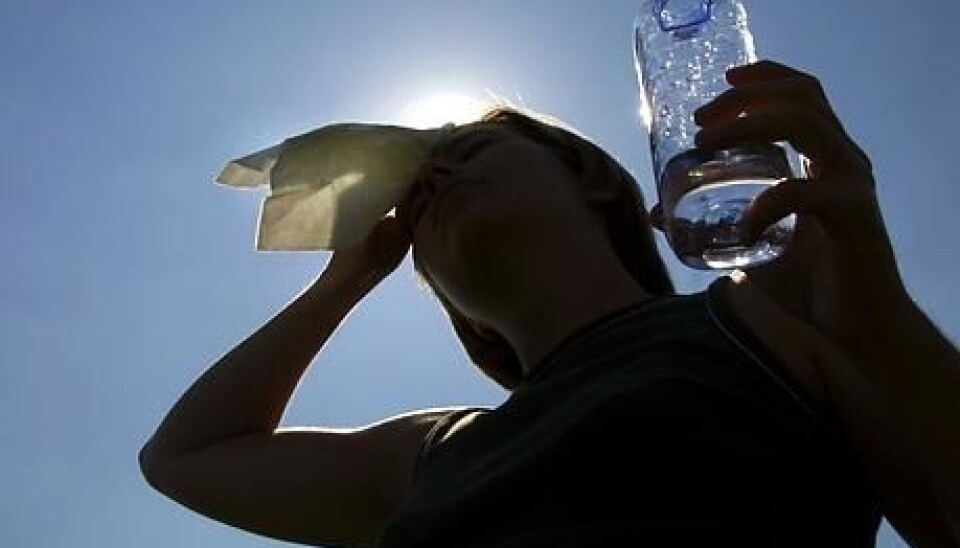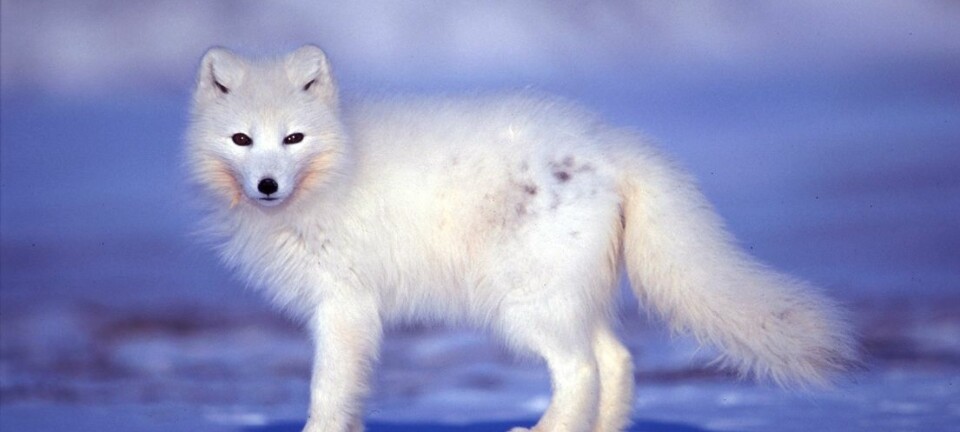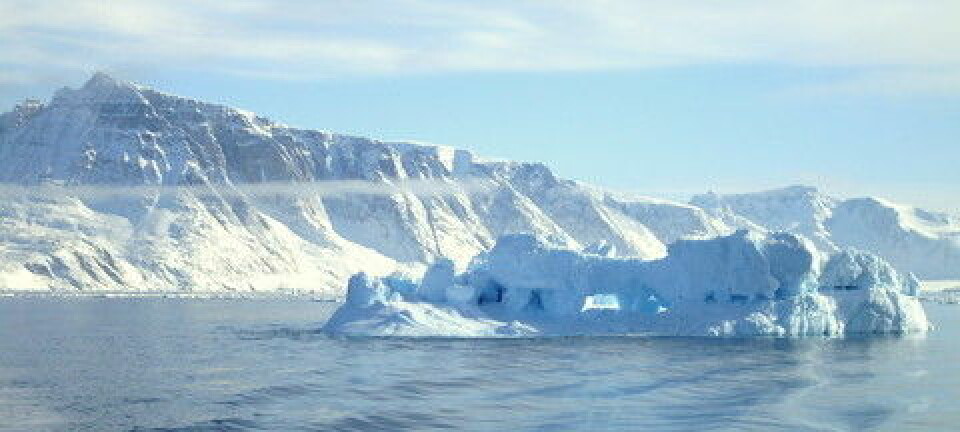
Proof: Our climate has become more extreme
The climate has not only become warmer – it has also become more extreme, new research shows.
We often think of climate change as something that will occur at some point in the future.
But that’s not the case. Climate change is upon us right now, according to a new, Danish-led international research project.
In the study, the researchers have collected temperature measurements from 14 monitoring stations in Greenland, which have been measuring the temperature on the great island every three or six hours for up to 120 years.
The measurements show that Greenland is warmer today than ever before. They also show that the weather has become more changeable.
It is warmer today than in the 1930s and the 1940s. At the same time, there were about 50 percent more cases of extreme heat events in the 2000s than in the 1930s and the 1940s.
”When we look at the temperature development since the 1890s, we can conclude that the decade from 2001 to 2010 was the warmest decade in the past 120 years. It was also the decade that had the greatest number of warm temperature extremes over this period,” says the Danish lead author of the accepted and as yet unpublished study in the International Journal of Climatology, senior researcher Sebastian H. Mernild, of the Glaciology and Climate Change Laboratory, Centro de Estudios Cientificos, Chile.
Warmer today than in the 1930s and 1940s
Climate sceptics often point out that the weather in the warm period in the 1930s and 1940s was warmer than it is today. Therefore, they argue, the rising levels of CO2 in the atmosphere do not cause global warming as there is more CO2 in our atmosphere today than back then.
The new study refutes this argument:
”Our findings show that it is warmer today than in the 1930s and the 1940s,” says Mernild. “At the same time, there were about 50 percent more cases of extreme heat events in the 2000s than in the 1930s and the 1940s.”
Heat makes the atmosphere unstable
These extreme heat events are very interesting to researchers, as they are directly linked with the warmer climate.
When the atmospheric temperature rises, it becomes more unstable, which also makes the weather unstable. This indicates a strong link between generally higher temperatures in the atmosphere and more events with great temperature fluctuations.
One of these fluctuations came in the summer of 2012, when NASA reported that 97 percent of the Greenland ice sheet was melting. Meanwhile, great amounts of melt water flowed into the fjords, which caused great damage in the area.
And we can expect to see more of these events in the future:
”My estimate is that we are moving towards a more extreme climate as the atmospheric temperatures rise,” says the researcher.
“Due to the expected warmer climate in the future, we can expect that e.g. the inland ice will be exposed to significantly more events with great melting like we saw in the summer of 2012.”
Most extremes in the past decade
Over the past 120 years the temperature extremes have been distributed as follows:
- The decade with the greatest number of cold extremes was the 1890s.
- The heat period during the 1930s and the 1940s saw few cold extremes; however, there was a great number of heat extremes, only surpassed by the 2000s.
- The decade from 2001 to 2010 has seen the greatest number of heat extremes in the past 120 years, and this decade had no cold extremes at all.
”It’s also interesting to see that not only is there a change in the extremes, but at the same time we’re seeing more of them,” he says.
“Even though no cold extremes occurred in the 2000s, that decade still had more temperature extremes than the others, even when you combine the heat and cold extremes during those decades.”
The greatest change in East Greenland
When the researchers separate their data for East Greenland and West Greenland, they can see which parts of the island have had the greatest changes in temperature extremes over the past 50 years.
From 1960 to 1985, East Greenland saw more cold extreme events than West Greenland, but after 1985 this changed so that East Greenland actually had more warm extreme events. This trend has continued up to today.
”There has been a shift in the Greenland climate. The greatest change occurred in the eastern part of the island, where the weather appears to be dominated by the conditions around the Atlantic Ocean and Northern Europe. On the other hand, there hasn’t been the same degree of changes in the western part of the island, where the weather appears to be dominated by the North American continent,” says Mernild, pointing out that any speculation about why this is so must wait until the new data has been incorporated into larger regional climate models.
--------------------------
Read the Danish version of this article at videnskab.dk
Translated by: Dann Vinther







